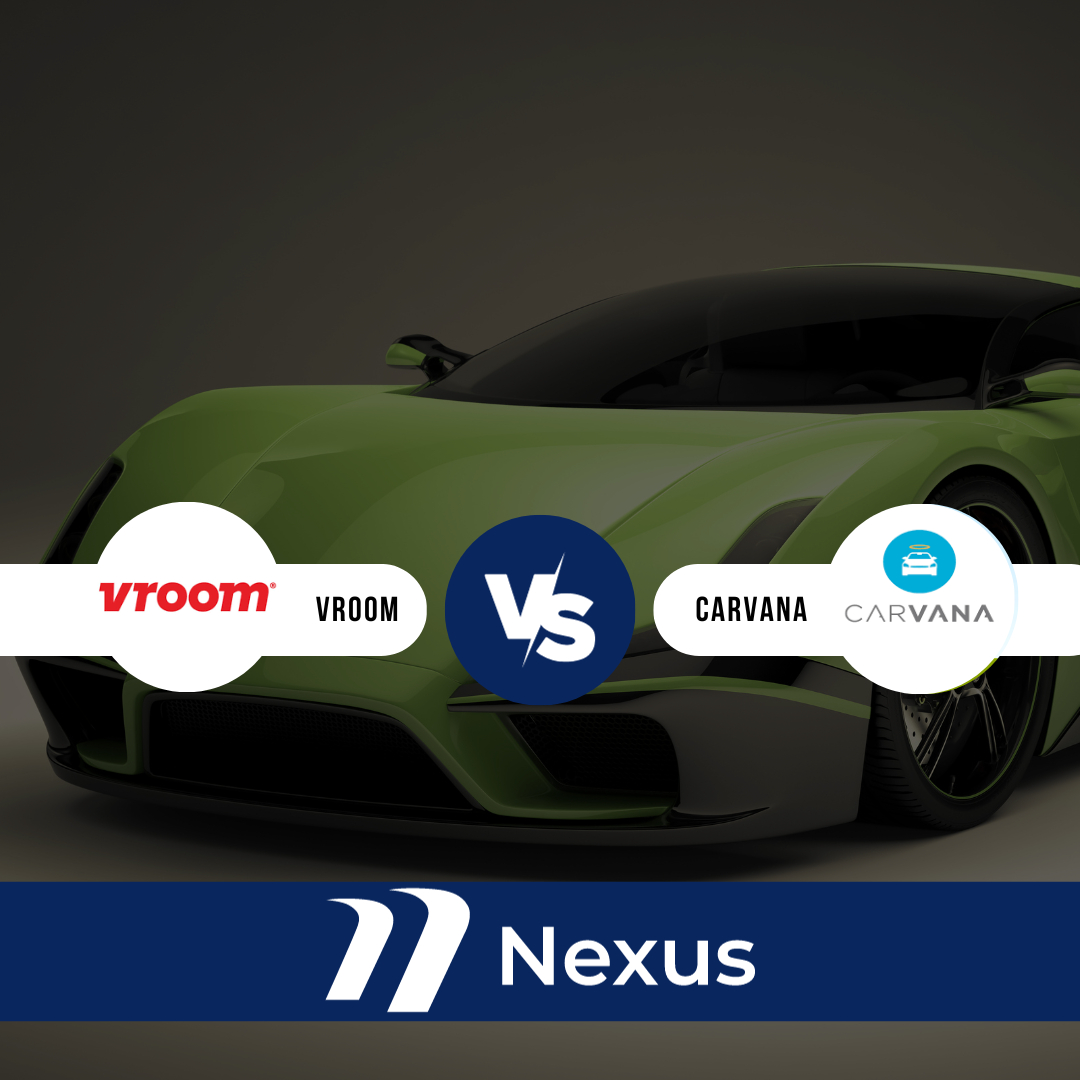According to the Bureau of Labor Statistics, electric vehicle sales are projected to account for 40 percent of total passenger vehicle purchases by 2030. These predictions have changed the landscape of government policies and the automobile sector in the past few years in the United States.
So, if you are an automobile enthusiast or want to buy a new car in the US, learning more about car statistics can help you get a clear idea of car trends.
Brief Overview of U.S. Car Ownership
Car ownership is of major importance for Americans, as stated in recent U.S. vehicle ownership statistics. Between 2018 and 2022, personal and commercial vehicle registrations increased by 3.5%, highlighting a steady increase in car ownership. In 2022, 91.7% of U.S. households had at least one vehicle, with 22.1% owning three or more.
Let’s break down car ownership statistics, the increasing cost of U.S. car ownership, and future trends.
Car Ownership Statistics by State
Here’s a quick overview of vehicle ownership statistics by state:
US State | No. of Registered Cars | Vehicles Per 1000 People | Popular Car Brands |
Alabama | 5,982,793 | 1.184 | Ford, Toyota, Chevrolet |
Alaska | 702,470 | 1.173 | Ford, Chevrolet, Toyota |
Arizona | 7,161,139 | 0.99 | Ford, Toyota, Chevrolet |
Arkansas | 3,460,777 | 1.153 | Ford, Toyota, Chevrolet |
California | 31,119,113 | 0.804 | Tesla, Toyota, Honda |
Colorado | 5,554,555 | 1.033 | Toyota, Ford, Chevrolet |
Connecticut | 3,294,255 | 0.936 | Toyota, Honda, Lexus |
Delaware | 1,049,155 | 1.024 | Ford, Toyota, Chevrolet |
Florida | 19,663,462 | 1.024 | Ford, Toyota, Chevrolet |
Georgia | 9,142,656 | 0.855 | Toyota, Ford, Chevrolet |
Hawaii | 1,224,725 | 0.897 | Toyota, Honda, Nissan |
Idaho | 1,773,492 | 1.168 | Ford, Chevrolet, Toyota |
Illinois | 11,003,729 | 0.845 | Toyota, Ford, Chevrolet |
Indiana | 5,748,201 | 0.927 | Ford, Toyota, Chevrolet |
Iowa | 2,870,631 | 1.057 | Ford, Chevrolet, Toyota |
Kansas | 2,543,643 | 1.118 | Ford, Chevrolet, Toyota |
Kentucky | 3,650,324 | 1.119 | Ford, Chevrolet, Toyota |
Louisiana | 4,148,485 | 1.058 | Ford, Chevrolet, Toyota |
Maine | 1,439,268 | 1.105 | Ford, Chevrolet, Toyota |
Maryland | 4,727,208 | 0.856 | Toyota, Honda, Lexus |
Massachusetts | 5,361,564 | 0.789 | Toyota, Honda, Lexus |
The Increasing Cost of U.S. Car Ownership
The cost of U.S. car ownership is skyrocketing with every passing year, making you think twice before deciding to buy a car.
According to a study conducted by YDC (Your Driving Cost), the cost to own, maintain, and drive a car has reached a margin of $12,297 to $1,024.71 monthly. This prominent increase is around $115 more than in 2023. The main factors impacting American car buyers are finance charges and depreciation. With car brands introducing new models and redesigns every year, we suggest you go through the factors related to owning a car to completely understand the cost of U.S. car ownership.
1. Depreciation
Depreciation is the leading factor when considering car ownership costs. According to YDC, cars in the USA lose an average value of $4,680 annually. This high depreciation cost results from rising car prices, especially for larger vehicles with advanced features.
2. Car Prices
The latest MSRP (Manufacturer’s Suggested Retail Price) for new car purchases is $38,883, an apparent increase of 0.7% since 2023. This figure is sales-weighted, which means the highest-selling cars influence the average MSRP value.
3. Finance Charges
Finance charges increase with car prices. A recent calculation suggested that annual finance charges are now $1,332, an increase of 6% from last year.
The Future Trends For Vehicles In The USA
The automobile industry is one of the fastest-growing industries in the world. However, before you buy your new car, check out the following future trends for vehicles in the USA.
Rise of Electric Vehicles
The leading vehicle trend, not just in the USA but worldwide, is the rise of electric vehicles. In 2023, 1.6 electric cars were sold in the USA, 60% more than worldwide EVs sales.
The Autonomous Driving

Another trend worth mentioning is the inclination of US buyers towards AVs, widely known as autonomous vehicles or self-driving vehicles. As per research, there are 1,400 self-driving cars in the USA, which are expected to become 33 million by 2040.
Centralized Connectivity in Cars
IoT (Internet of Things) and 5G have made cars more connected than ever before. With these technological features, a clear rise in connected cars can be seen. This type of vehicle can be controlled outside the car and offers passengers a personalized experience. According to Statista, there will be 400 million connected cars by 2025.
Audi R8 and TT
The Audi R8, first launched in 2006, will not be sold in the US market by the end of this year. Similarly, the Audi TT, introduced in 1998, will also decline as the demand for compact two-door coupes and roadsters worldwide has decreased.
Audi has started working towards becoming a fully electric company by 2033. It will focus more on its electric and hybrid offerings, aligning with its broader goal of electrification.
Nissan Maxima
Nissan has also announced that it will discontinue the production of Maxima 42 years after its debut. The company now prioritizes electric vehicles and wants to target electric SUVs. Moreover, the shift of buyers towards SUVs, favoring them over large sedans, further justified the halt of Maxima.
The Bottom Line
The growing trend of transition towards electric vehicles, ownership costs, and sustainability in the USA prompts us to look deeper into the number of cars in the USA and its future trends. Therefore, when buying a new car in the USA, you must consider all the factors, including car ownership costs, future car trends, and environmental concerns.
Ultimately, contacting a reputed vehicle shipping company like Nexus AutoTransport will provide you with more insights into the number of no cars in the USA, the latest automobile industry trends, and future insights.


